Choosing The Best Blood Sugar Friendly Sweetener
I am often asked about sweeteners and which ones I would recommend. I wanted to answer this question here so that you have a more comprehensive guide to the best options when it comes to sweeteners.
I want to share first of all, that I gave up refined sugar (white sugar, brown sugar, high fructose corn syrup, sugar alcohols and all sugar additives) at age 35 when I was having uncontrolled chest pain and desperate for a solution. This was before I had studied integrative health and I had read that sugar could be contributing to chest pain from my diagnosed mitral valve prolapse syndrome. This began my experimentation with alternative yet natural sweeteners.
To start, I will go through each of my preferred sweeteners, what they are, why I use them and what types of recipes they work best in. Some are harder to find than others, so I have linked where to find them if you want to try them for yourself!
Allulose
Allulose is a naturally occurring, low-calorie monosaccharide that won’t raise your blood sugar. It’s found in smaller quantities in foods such as figs, raisins, maple syrup, and wheat. While allulose is structured similarly to fructose, the body metabolizes it differently which leads to this sweetener having a lower impact on your blood sugar levels. Compared to table sugar, allulose is about 70% as sweet, but has only 10% of the calories.
Though the FDA has approved allulose for use in food products in the US, not all countries have done so. Why? Right now as it is still a relatively new product, allulose is considered as ‘generally recognized as safe’ as some people do experience side effects of consuming this new sweetener. Here is Dr. Peter Attia’s favorable perspective on allulose.
Allulose comes in both syrup and powder form. The syrup is great for using in place of maple syrup, honey, or any other syrup and the powder is perfect for a granular sugar substitute.
Since allulose can have a similar texture to sugar, it’s popularly used as a sugar substitute in cooking and baking. If using allulose as a 1:1 substitute in baking, items will be less sweet. You may prefer it this way, but you may also want to use more allulose to get the desired sweetness.
I’ve loved using allulose in baking. Find allulose in my Fudge Brownie in a Mug and my Cherry Hand Pies.
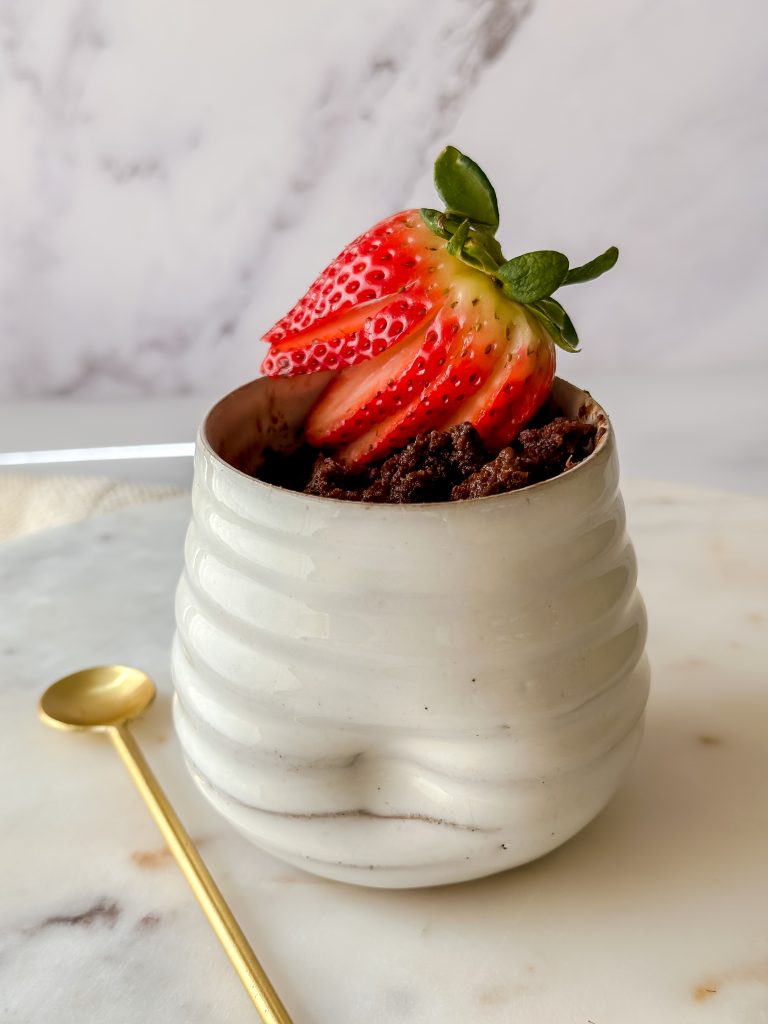
Monk fruit is a natural sweetener derived from the juice of monk fruit, also known as Luo Han Guo. These small round fruits are native to Southern China and Northern Thailand.
Some research indicates monk fruit is may be a good alternative for those who are diagnosed with diabetes but additional research is still required. Other research shows monk fruit’s positive effects on gut health by promoting the growth of healthy bacteria.
Monk fruit is a calorie-free sweetener that is about 100-250 times sweeter than sugar and can be used in baked goods, desserts, and beverages without raising your blood sugar. Monk fruit comes in both a powder and a syrup making it a great substitute for a variety of recipes.
I typically use monk fruit in baking or beverages. I recently used monk fruit powder in my Mango Sticky Rice recipe and the syrup in my Peanut Butter and Jelly Shortbread Bars.
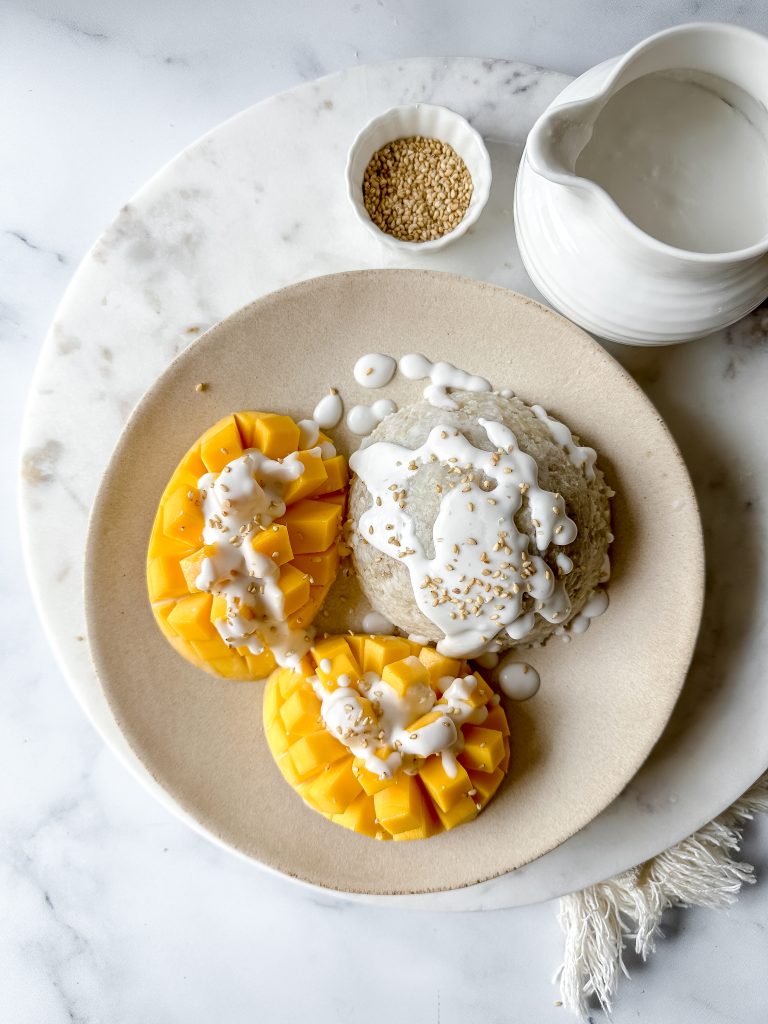
Stevia is a natural sweetener that comes from the leaves of Stevia rebaudiana plant, native to South America. This sugar substitute is 200-300 times sweeter than sugar but contains zero calories. It is a great choice for people trying to manage their blood sugar levels because of its low glycemic index. Along with the blood sugar benefits, stevia may also have antibacterial and anti-inflammatory properties.
Stevia is a great substitute for a variety of foods and beverages because it can be found in many different forms, including a liquid, powder or granulated. I like to use liquid Stevia in beverages like matcha, tea or coffee.
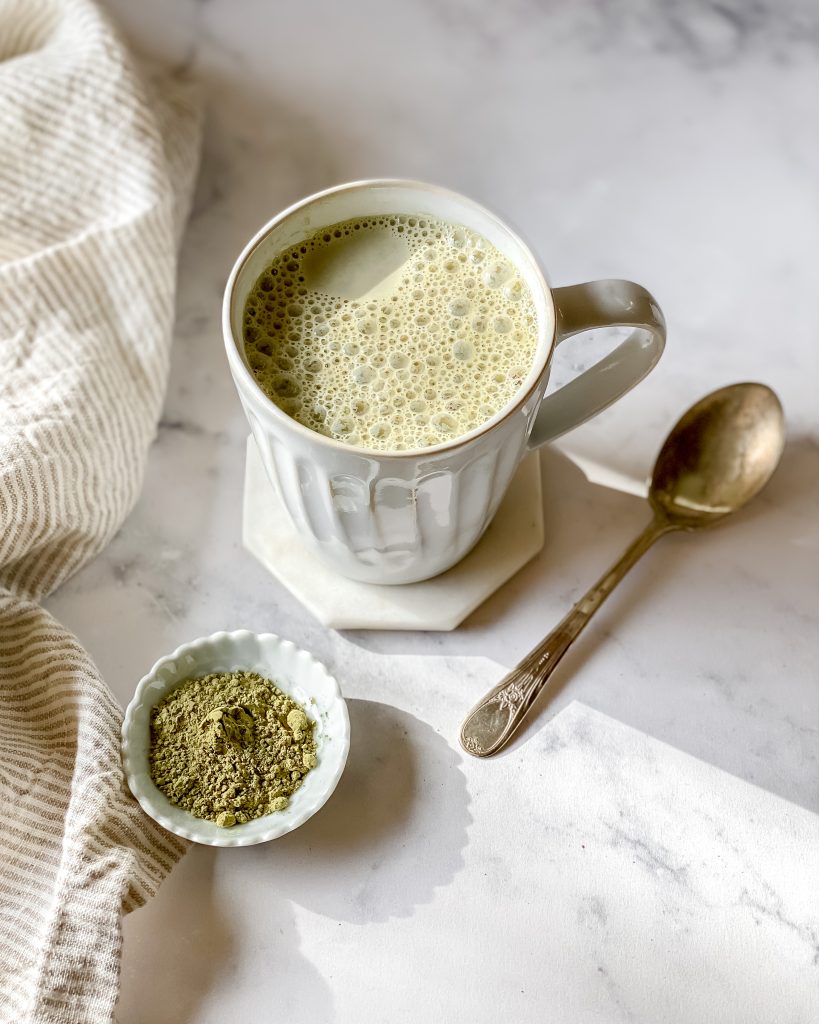
Inulin
Inulin is naturally present in many plants, such as chicory root, Jerusalem artichoke, dandelion root, and garlic. Inulin acts as a prebiotic, which means it serves as food for beneficial bacteria in the gut. It promotes the growth of these beneficial bacteria, such as bifidobacteria and lactobacilli, which can improve digestive health and strengthen the immune system. Inulin may enhance the absorption of certain minerals, including calcium and magnesium, leading to improved bone health. Inulin has a low glycemic index and can help regulate blood sugar levels by slowing down the digestion and absorption of carbohydrates. This makes it particularly beneficial for individuals with diabetes or those looking to manage their blood sugar levels.
It’s important to note that while inulin offers potential health benefits, excessive consumption can cause gastrointestinal discomfort, including gas and bloating, particularly in individuals who are not accustomed to consuming high-fiber diets. I recommend that you introduce inulin gradually into your diet to see how you do with it.
I typically use inulin sparingly (as with all sweeteners) and it is great in smoothies or for sprinkling on unsweetened yogurt. It is much less sweet than regular sugar.
Honey
Honey is a natural sugar produced by bees using the nectar of flowers. Honey is full of nutrients, including antioxidants, enzymes, vitamins and minerals. While honey is a natural sweetener and provides many health benefits, it’s important to remember that it is still high in calories and sugar. As a substitute it is better to use honey sparingly. If you do decide to use honey, choose raw as it will contain more nutrients.
I typically choose to use honey in beverages and when making my homemade marshmallows.
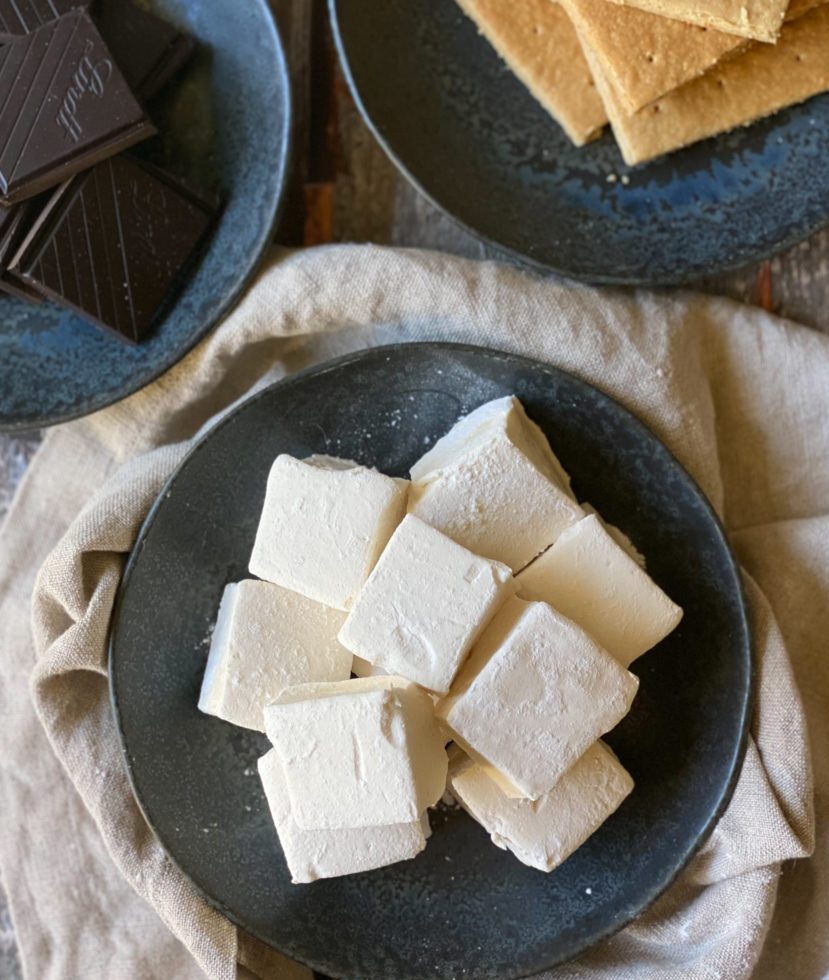
Maple Syrup
Maple syrup is a natural sugar that comes from the sap of maple trees. It is commonly used as a topping for foods like pancakes and waffles, and can also be used in baking and cooking. There are many maple syrup brands that have added sugars and other ingredients, so it’s important to make sure you are purchasing a 100% pure maple syrup to reap all the natural benefits. Similar to honey, while this is a natural sweetener and contains a variety of vitamins and minerals, it is high in calories and sugar.
A great example of using maple syrup in moderation is my Better than Benihana Ginger Dressing.
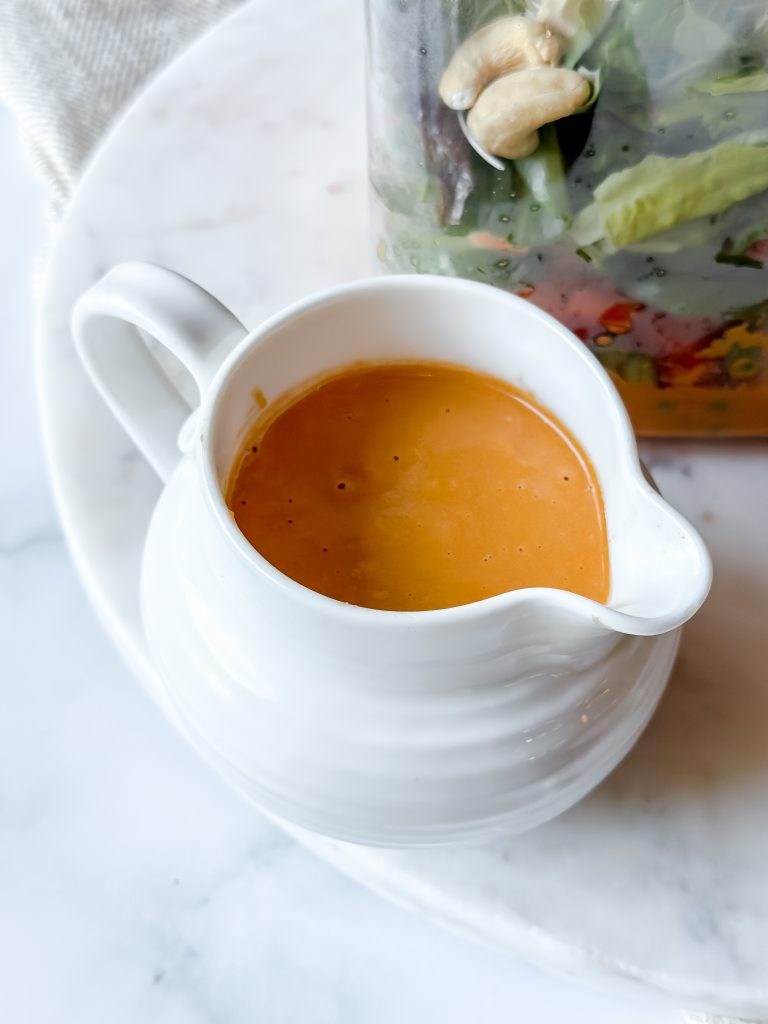
Molasses
Molasses is a thicker syrupy byproduct of the sugar refining process and has a distinct smoky flavor. This natural sugar is commonly used in recipes like gingerbread, baked beans, and sauces. Molasses is high in calories and sugar, so while it is a rich source of minerals and a natural alternative to other sweeteners, it should be consumed in moderation and is not recommended for individuals needing strict control on their blood sugar. When choosing molasses look for blackstrap molasses as it will contain the most nutrients.
I like to use molasses in traditional holiday cookies, like my pfeffernusse cookie recipe which can be found in my holiday cookie book.
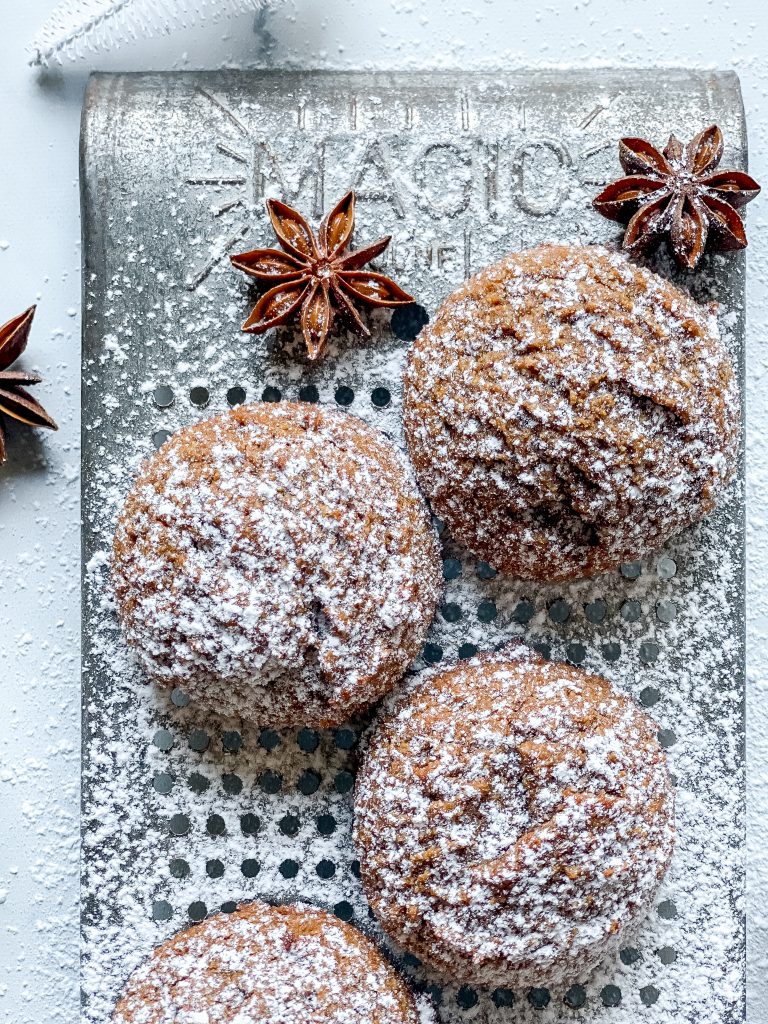
Dates and Date Syrup
Date syrup is a natural sugar made from dates and has a rich, caramel flavor. While date syrup can be a rich source of fiber and other nutrients, it should be noted that it is high in calories and sugar and should be used in moderation. It is also important when choosing your date syrup to make sure it is 100% pure. Some brands will add artificial ingredients and sugars.
I typically use whole dates instead of date syrup. One example is my Salted Pistachio Chocolate Torte recipe. Using dates in combination with fat, fiber and protein can lessen the blood sugar impact of dates, making it an appropriate sweetener for metabolic health when used in the right way.
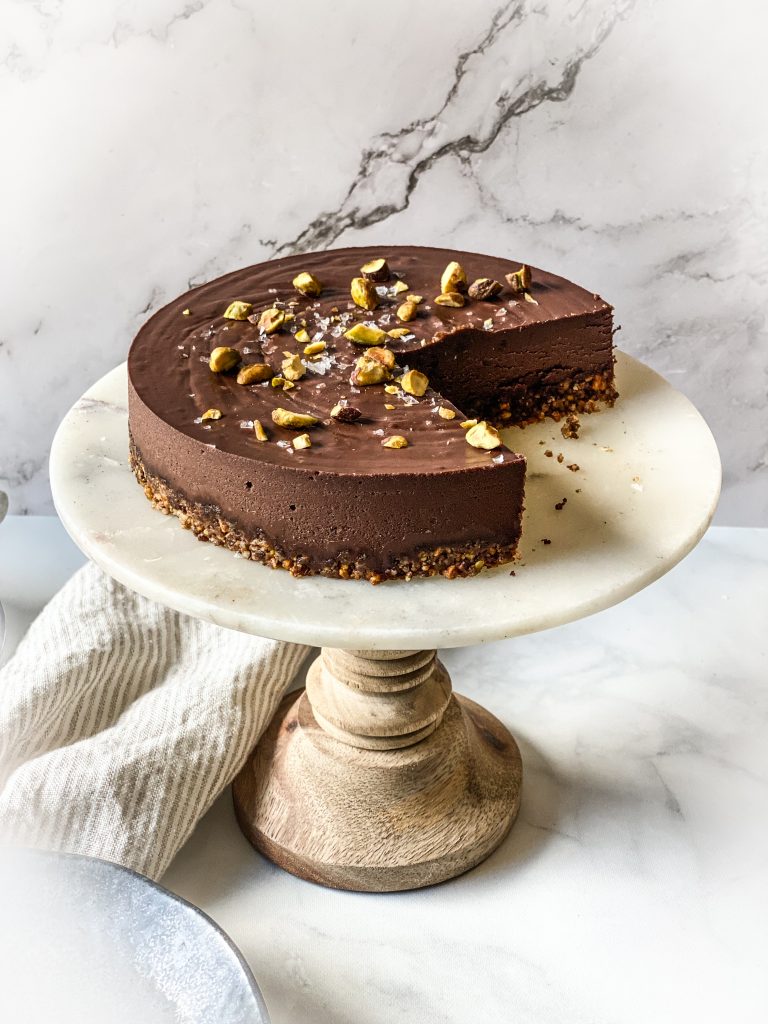
Any of these sweetener alternatives are great to use as a substitute for table sugar, but when eating for level blood sugar I tend to lean towards using allulose, monk fruit and stevia over the natural sugars: maple syrup, honey, molasses, dates and date syrup. These natural sugars are great in small amounts, but when looking for a substitute in larger quantities, the natural sweeteners are my go to.
Other Sweeteners You May Have
Heard Of
Coconut Palm Sugar
Coconut palm sugar, made from coconuts, is touted as a more natural sugar than white granulated sugar. While it does have more nutritional value, is less processed and has a slightly lower affect on blood sugar, it still has the same amount of calories. I will use coconut sugar only occasionally and I do use it in my paleo brownies.
Agave
This low glycemic liquid sweetener made from the agave plant, was all the rage a few years ago but has fallen out of favor due to its highly processed nature and its high fructose content and is not one of my preferred alternatives. Agave has the highest fructose content of any sweetener and our bodies only way of metabolizing fructose is through the liver. It is now thought that high fructose consumption (from fruit juice, high fructose corn syrup and agave) leads to non-alcoholic fatty liver disease in both children and adults. I avoid agave.
Brown Rice Syrup
Made from brown rice, this liquid sweetener has a high glycemic index and is not one I would recommend using. This is a common ingredient in processed food that I would advise avoiding.
Erythritol
Erythritol is a sugar alcohol and I aim to avoid all sugar alcohols. That being said, there is some erythritol in the powdered monk fruit sugar that I use for Holiday cookies and in a tiny amount in my mango sticky rice recipe. To me, erythritol has a metallic taste that I don’t care for and new studies seem to indicate a link between erythritol and heart attack and stroke. Once in a great while, a small amount of erythritol is not a big deal, but not my sweetener of choice. With the rise of “keto” processed food, erythritol is in more and more products but there are healthier choices.
Adding Sweetness Without Sugar
Here are a few ways to add sweetness without adding any sugar.
Fruit
Add sweetness to foods without actually adding sweetener by using ripe fruit. Ripe bananas and pears are great at adding sweetness to smoothies. Both bananas and applesauce are ideal for adding sweetness to baked goods. Even cranberries, raisins or dates will sweeten up a muffin. Try my banana bread recipes- both the triple chocolate banana bread and the more traditional banana bread recipes are sweetened only with bananas.
Cinnamon
Spice up your coffee or tea with cinnamon instead of sugar. This super spice adds a subtle sweetness, boosts your immunity and helps stabilize blood sugar levels without adding any calories.
Unsweetened Cocoa or Cacao Powder
For a treat, mix some unsweetened cocoa or cacao powder in a glass of cashew or flax milk. It’ll satisfy your sweet tooth without the extra sugar. Add a teaspoon of vanilla or peppermint extract for extra flavor.
Lucuma powder
This is made from whole Peruvian lucuma fruit that has been dried at low temperatures and milled into a fine powder. This low-glycemic sweetener contains many nutrients including beta-carotene, iron, zinc, vitamin B3, calcium and protein. Yellow lucuma powder has a unique, maple-like taste.
If you’re looking for more sweet treats check out all my dessert recipes here.
Shop my favorite sweeteners here
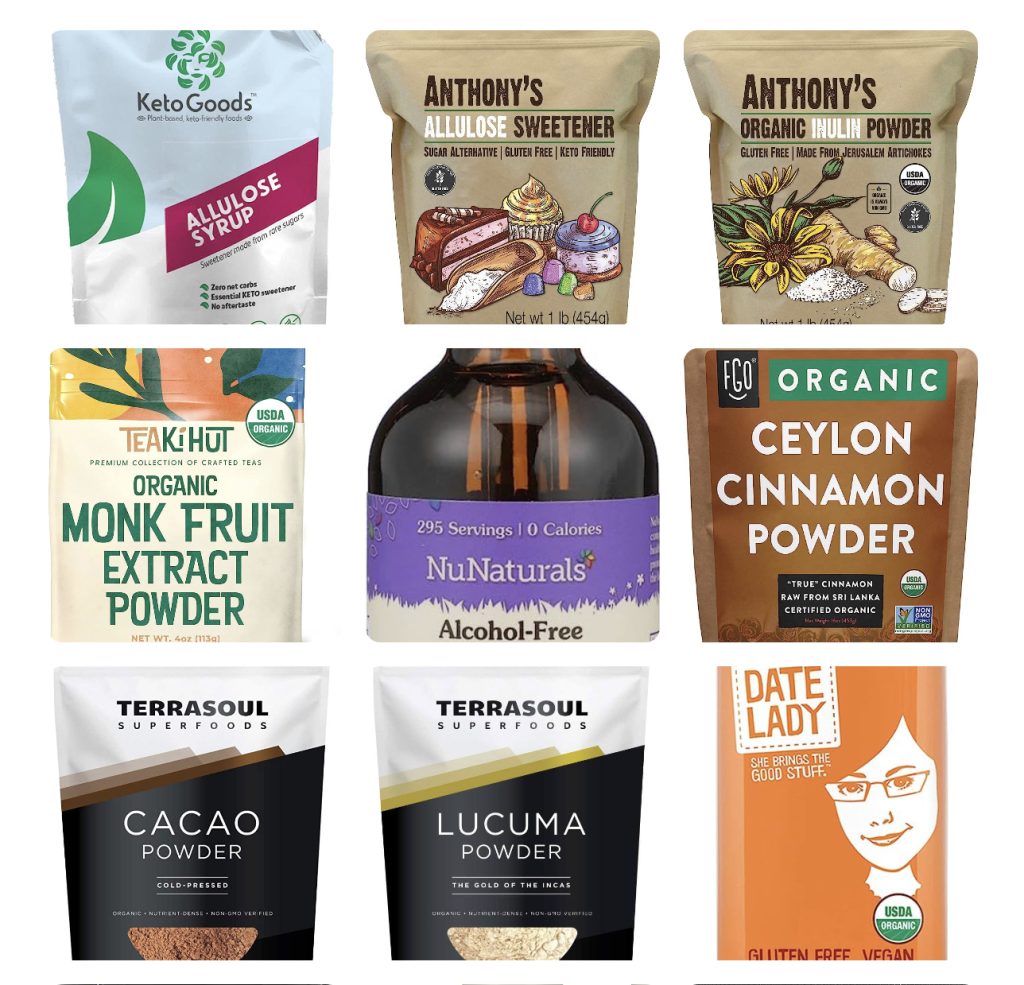
I have linked to the products that I use and trust. I do this as a service to you but need to tell you that these links may allow me to make a few pennies in the process without costing you anything!
References: https://health.clevelandclinic.org/what-is-allulose/, https://www.healthline.com/nutrition/monk-fruit-sweetener, https://pubmed.ncbi.nlm.nih.gov/27784241/#:~:text=Studies%20have%20shown%20that%20steviol,no%20acute%20and%20subacute%20toxicity.

